If you think Four-Limbed Staff Pose, more commonly known as Chaturanga Dandasana, is just a yoga exercise to get some strong pecs and arms, know this: Chaturanga is not a pushup. Yes, you build upper body strength, but the rest of your body, mind, and soul are connected as part of a spiritual and vitality-building sequence called Sun Salutation, central to many types of yoga practices.
Sun Salutations can include Chaturanga as one segment of a poetic and profound combination of poses, done in a specific sequence. Together, they are said to be a complete cycle for a yogi on any given day. The deeper meaning of this cycle: to express reverence to the sun, the physical and spiritual heart of our world, and the Lord Surya, the god of health. Sun Salutations physically and spiritually guide us to open ourselves up and bow deeply from within to the ebb and flow of each day, the unfolding of life, and lead us on a path to “attaining a sound and strong body, so that we may have a long life and, one day, achieve oneness with God,” according to Sri K. Pattabhi Jois, the founder of Ashtanga yoga and one of the most influential students of the “father of modern yoga,” Tirumalai Krishnamacharya.
But, Chaturanga looks just like a pushup, you say? From a purely physical and mainstream fitness perspective, you might say that, yes. In both Chaturanga and a pushup, many muscle groups are engaged: arms (including the biceps and triceps), shoulders (including the rhomboids and latissimus dorsi), core (including the rectus abdominis, transversus abdominis, and serratus anterior), legs, and the spine’s erector muscles to keep your body extended at full length in the pose. Some of the benefits are similar, too. However, common questions about how to perform either action illuminate the key differences between them.
To more closely examine the technical quality of these two shapes, Barry’s Bootcamp trainer Patrick Frost will break down the components of a pushup as I guide you through the nuances of yoga’s Chaturanga.
Where do you place your hands?
Pushup: “A wider gap between your hands on the ground will engage your pectoralis minor muscles, while a more narrow gap (i.e. bringing your hands closer together on the floor) will activate your triceps,” says Frost.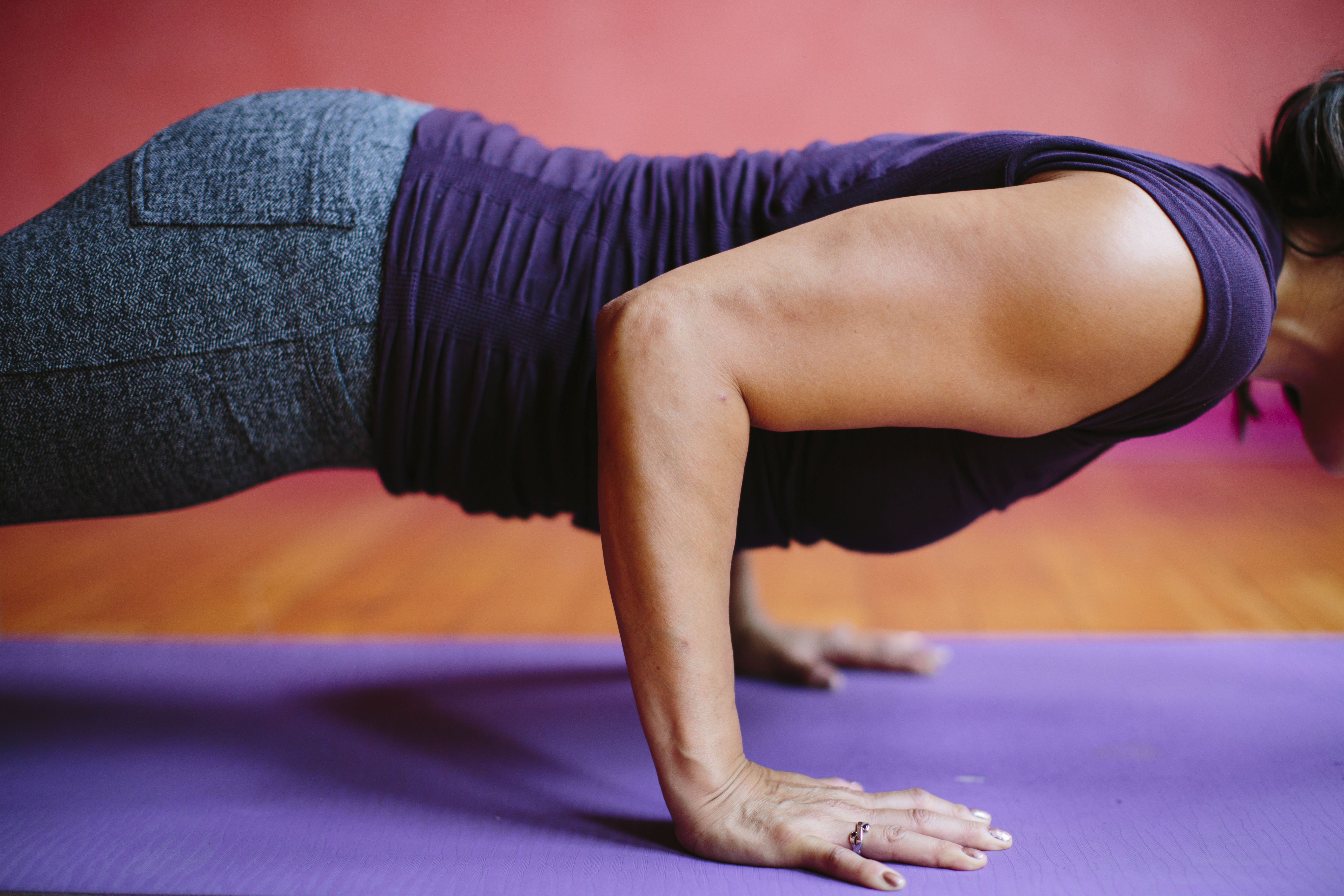 Chaturanga: Your hands on the mat are directly below your shoulders for a plank, and to lower you shift your entire plank body forward to bend the elbows, which then locates your palms in the mid-rib area between your shoulders and waist. That positioning keeps you in alignment through the flow of sun salutations.
Chaturanga: Your hands on the mat are directly below your shoulders for a plank, and to lower you shift your entire plank body forward to bend the elbows, which then locates your palms in the mid-rib area between your shoulders and waist. That positioning keeps you in alignment through the flow of sun salutations.
How low do you go?
 Pushup: “Try to bring your chest as close to grazing the ground as possible. A full range of motion is required for proper muscle engagement, or just shoot for getting your elbows to as close to 45 degrees as possible when in the lowest position.”
Pushup: “Try to bring your chest as close to grazing the ground as possible. A full range of motion is required for proper muscle engagement, or just shoot for getting your elbows to as close to 45 degrees as possible when in the lowest position.”
Chaturanga: After shifting, lower your upper body so that your elbows are grazing the sides of your ribcage, with your palms directly under the elbows to bring your upper and lower arms into a 90 degree “L.”
How many do you do?
Pushup: “It’s better to do 10 push ups with good form than 30 very fast push ups that make you sacrifice your form.”
Chaturanga: You’ll likely do around 10 to 12 in the course of a practice during Sun Salutations (varies with the type of yoga, sequence, and instructor), plus others as punctuations between featured sequences of a practice.
How do you breathe?
Pushup: “Inhale through the nose on the way down and exhale through pursed lips on the way up.”
Chaturanga: Breathing only through your nose, exhale as you lower halfway down to Chaturanga, and inhale to scoop yourself up to Upward-Facing Dog.
What’s the focus?
Pushup: “Muscular strength is one of the necessities for longevity, and pushups hit so many areas of the body to increase physical strength and help you move your body more thoughtfully to avoid future injury.”
Chaturanga: The pose asks that you cultivate ease while building endurance and observe how you embrace difficult moments with strength and mindfulness.
What’s the result?
Pushup: “You’ll gain a more defined chest, abs, arms, and back! You’ll be very aware of your alignment, which will lead to proper alignment while performing other exercise moves.”
Chaturanga: Building from Sun Salutations, Chaturangas offer some benefits similar to pushups, as described above, but they also form the foundation for empowering arm balances such as Crow Pose (Bakasana), which takes you on a journey to lift yourself up, fly gracefully, then reground yourself, and focus-building inversions such as Headstand (Sirsasana).
While many trainers consider pushups to be a necessary part of a strong fitness routine, Chaturanga is not a requirement of a yoga practice. In fact, many of my own practices are Chaturanga-free. However, if done with care, alignment, and a large dose of tranquility, the pose can lead to insight into yourself that is nothing less than sacred.
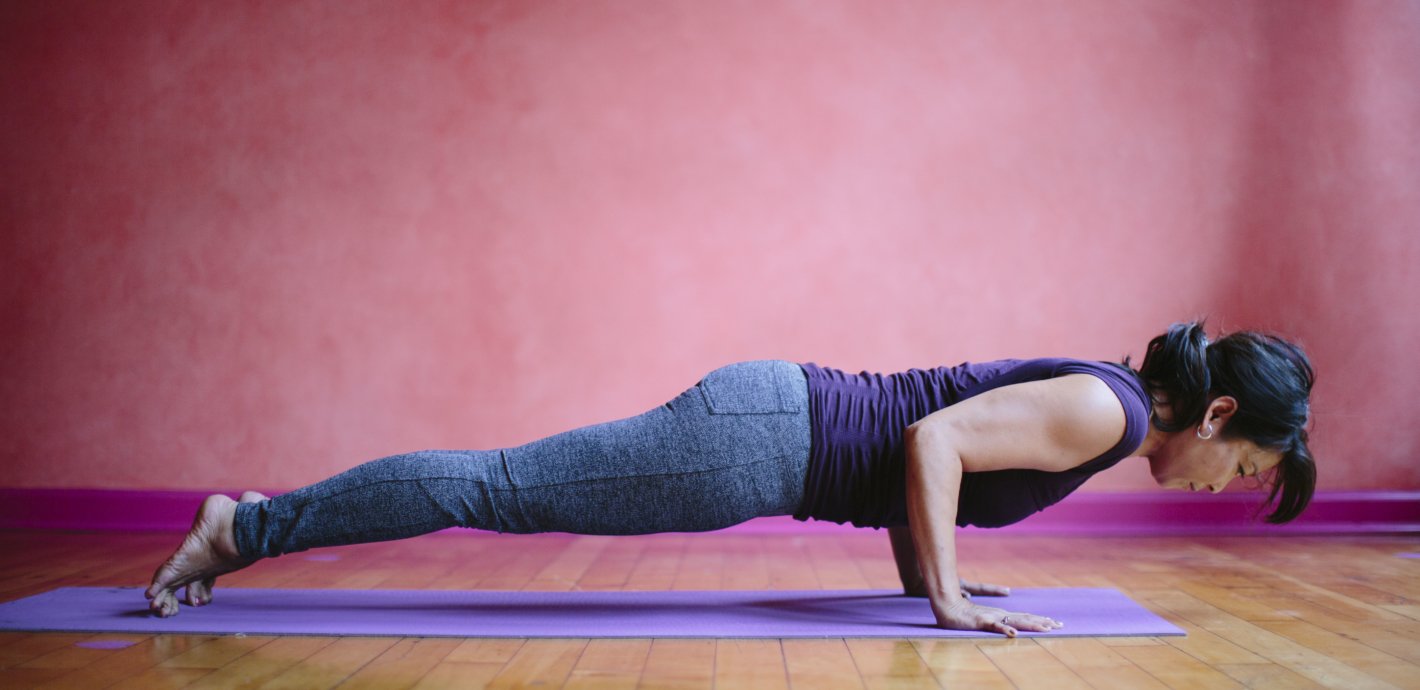



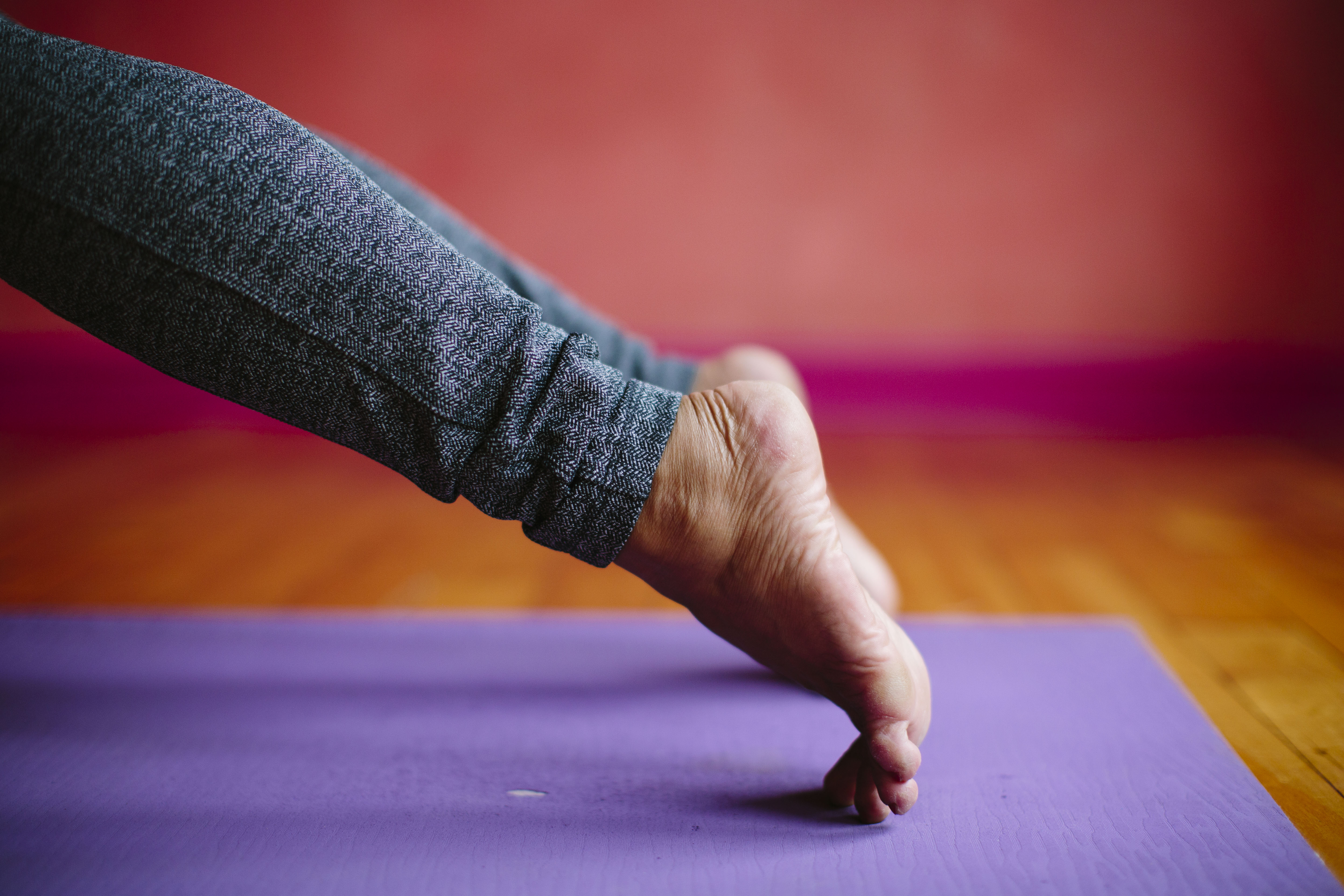


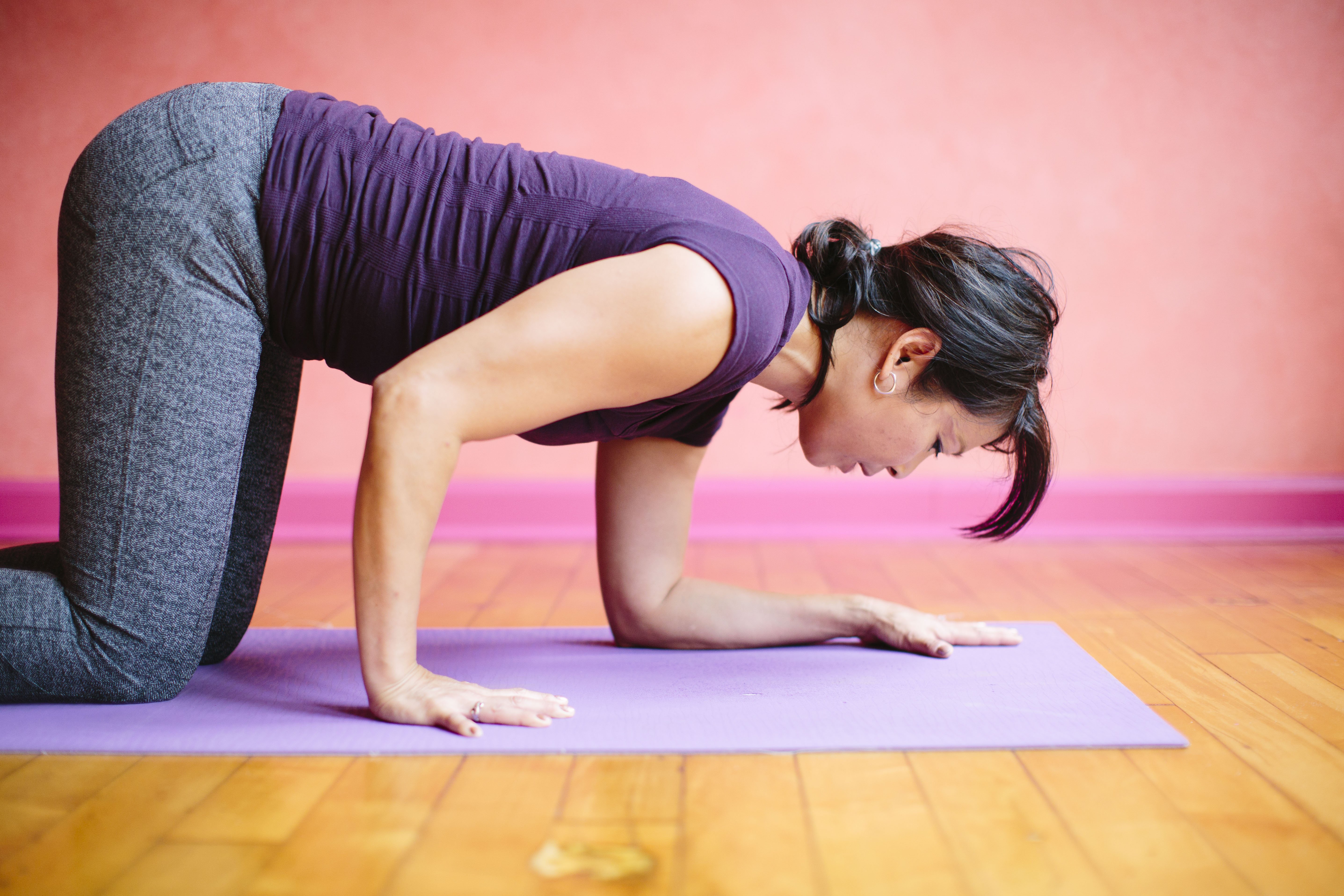



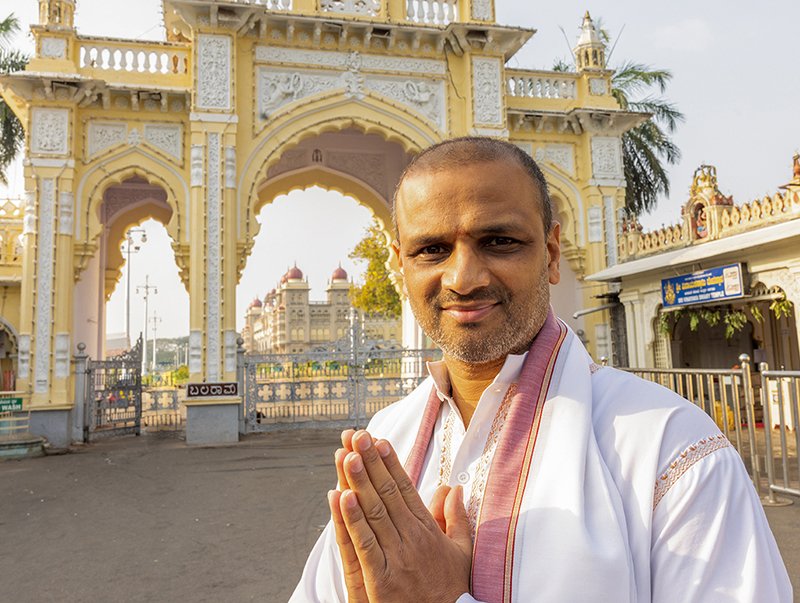

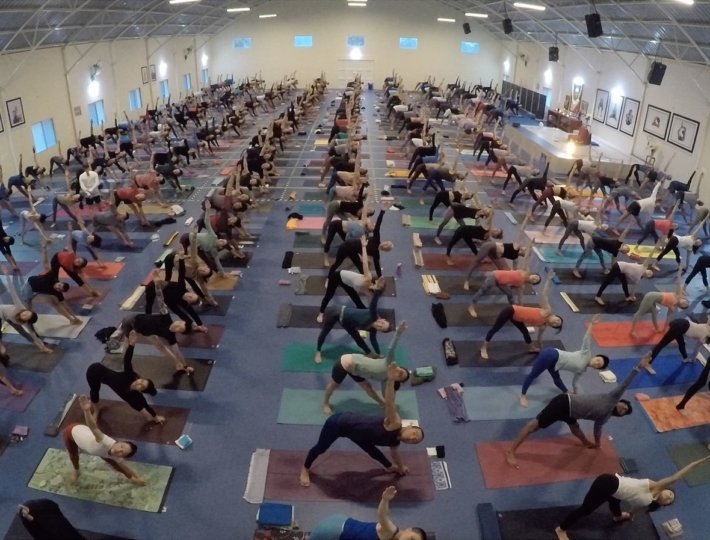



Comments (0)